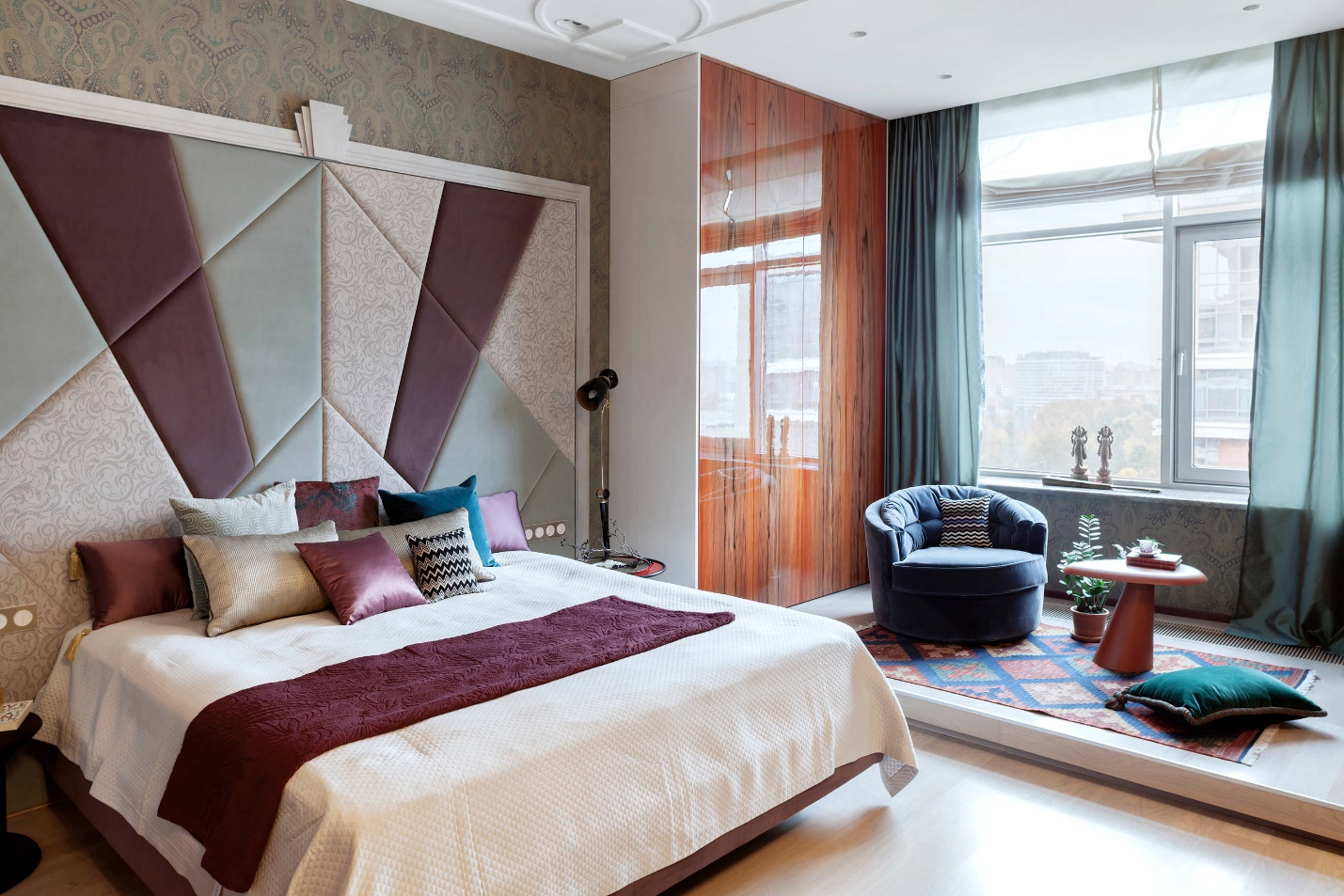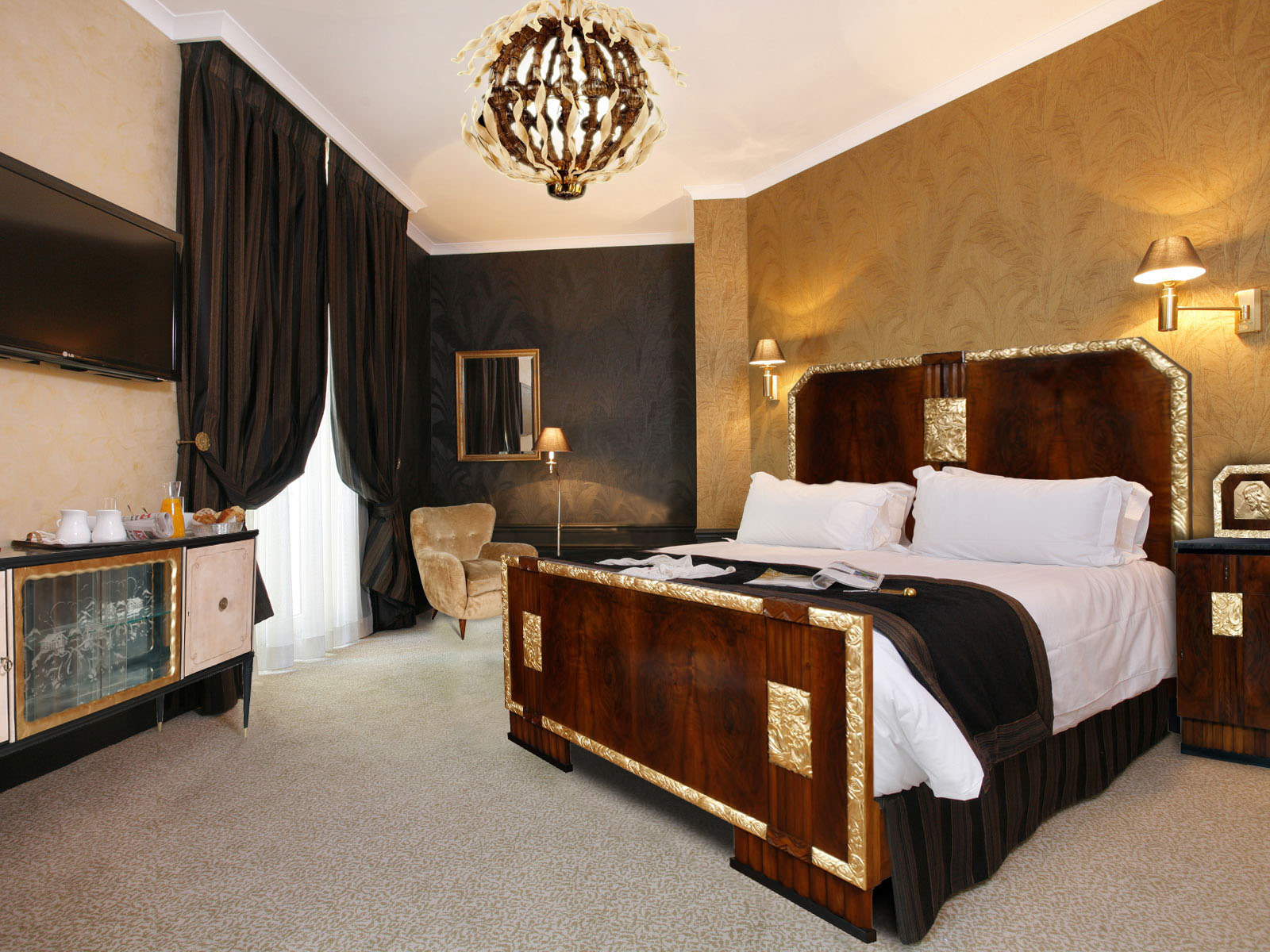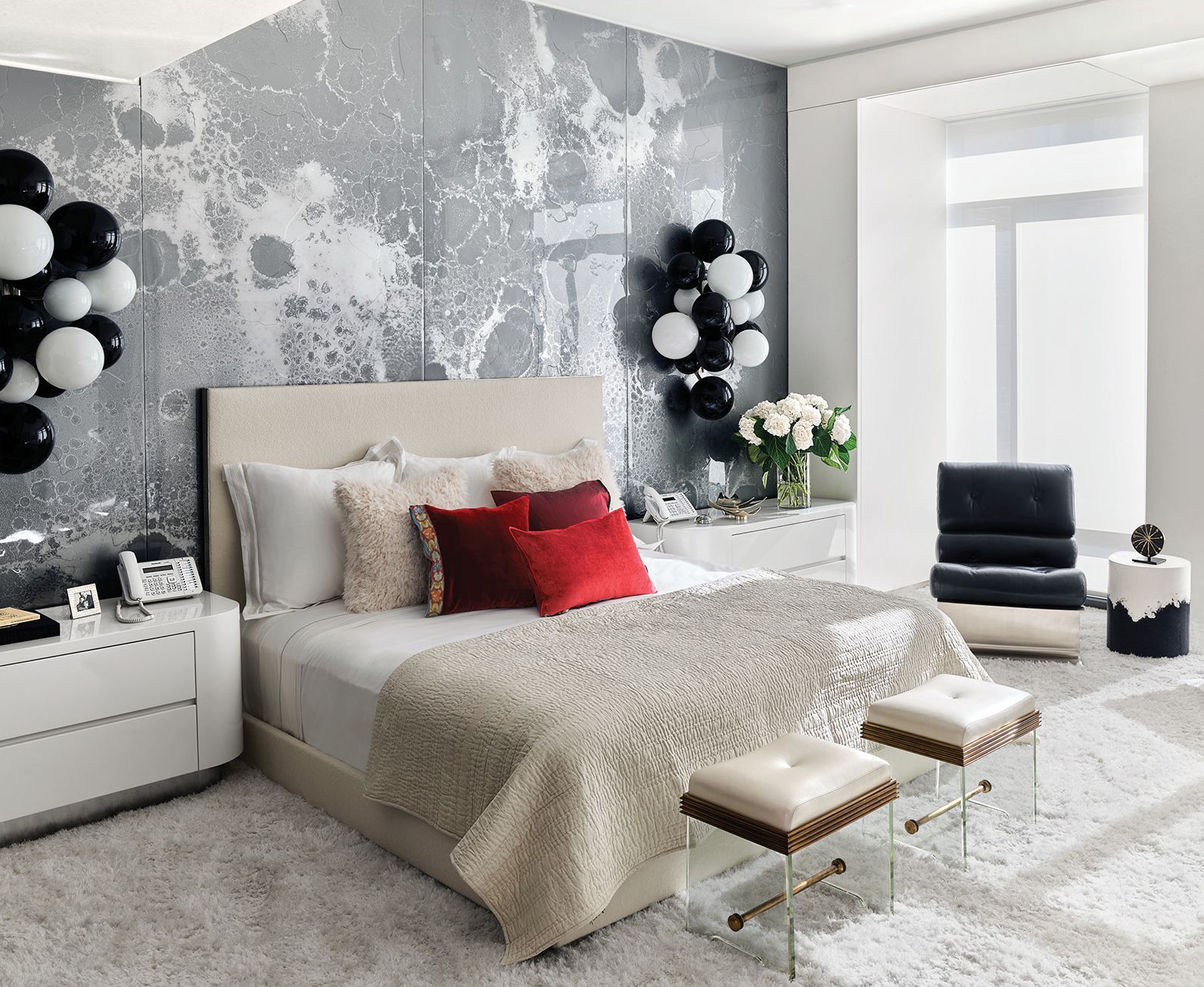The Essence of Art Deco Style

Art Deco, a design movement that emerged in the 1920s and 1930s, left an indelible mark on the world of architecture, fashion, and interior design. Its influence can be seen in everything from skyscrapers and furniture to jewelry and automobiles. It was a time of great social and economic change, and Art Deco reflected this shift in its embrace of modernity, luxury, and glamour.
Historical Context and Origins
Art Deco emerged as a reaction to the austere and functional aesthetic of the earlier Modernist movement. Its roots can be traced back to the 19th century, with influences from a variety of sources, including:
- The Arts and Crafts movement, which emphasized handcrafted objects and traditional techniques.
- The Art Nouveau movement, which celebrated organic forms and flowing lines.
- The Cubist movement, which explored geometric shapes and fragmented perspectives.
- The rise of industrialization and the use of new materials, such as steel, glass, and plastics.
Art Deco drew inspiration from ancient civilizations, particularly those of Egypt, Mesopotamia, and the Aztec Empire, evident in its use of geometric patterns, stylized figures, and bold colors.
Defining Characteristics of Art Deco Design
Art Deco is characterized by its use of geometric patterns, luxurious materials, and bold colors.
- Geometric Patterns: Art Deco designers often used geometric patterns, such as chevrons, sunbursts, zigzags, and repeating motifs, to create a sense of order and symmetry. These patterns were often applied to everything from furniture and fabrics to buildings and jewelry.
- Luxurious Materials: Art Deco embraced the use of luxurious materials, such as exotic woods, marble, ivory, silver, and gold. These materials were used to create objects that were both functional and beautiful.
- Bold Colors: Art Deco designers used bold colors, such as black, gold, silver, red, and blue, to create a sense of energy and excitement. These colors were often used in combination to create striking contrasts.
Comparison with Other Design Movements
Art Deco differed significantly from other popular design movements of the era, such as Modernism and Bauhaus.
- Modernism: While Modernism emphasized functionality and simplicity, Art Deco embraced ornamentation and luxury. Modernist designs were often characterized by clean lines, simple forms, and a focus on functionality. Art Deco, on the other hand, often incorporated elaborate details and decorative elements.
- Bauhaus: The Bauhaus movement, which emerged in Germany in the 1920s, emphasized functionality and the use of industrial materials. Bauhaus designs were often characterized by their simple forms and the use of mass production. Art Deco, in contrast, embraced craftsmanship and the use of luxurious materials.
Bringing Art Deco to the Bedroom

The bedroom, a sanctuary for rest and rejuvenation, can be transformed into a haven of Art Deco elegance. By incorporating key elements of this iconic style, you can create a space that exudes sophistication and timeless beauty.
Bedroom Layout
A well-designed Art Deco bedroom emphasizes symmetry, geometric shapes, and contrasting colors. The layout should be balanced, with furniture placed in a symmetrical arrangement. This creates a sense of order and harmony, characteristic of the Art Deco aesthetic. Geometric shapes, such as circles, squares, and triangles, can be incorporated into the furniture, rugs, and artwork. The use of contrasting colors, like black and white, gold and silver, or deep jewel tones, adds visual interest and drama to the space.
Essential Furniture Pieces
Art Deco furniture is known for its sleek lines, luxurious materials, and bold forms.
- Bed: A statement bed is the focal point of any Art Deco bedroom. Choose a bed with a high headboard featuring geometric patterns, inlays, or upholstery in rich fabrics like velvet or silk. The headboard should be symmetrical and have a strong visual presence.
- Dresser: A dresser with clean lines and geometric details is a must-have. Look for a dresser with a mirrored top or inlay, or one that features a geometric pattern on the drawers.
- Nightstands: Pair a pair of nightstands with the bed that are symmetrical in design. They should be sleek and modern, with minimal ornamentation.
- Seating: Incorporate a comfortable armchair or a chaise lounge for relaxing. Look for pieces with curves, geometric patterns, and luxurious fabrics.
Art Deco Textiles
Art Deco textiles are known for their luxurious fabrics, geometric patterns, and bold colors.
- Fabrics: Velvet, silk, satin, and brocade are all popular choices for Art Deco bedroom textiles. These fabrics add a touch of luxury and opulence to the space.
- Patterns: Geometric patterns, such as chevrons, zigzags, and sunbursts, are essential elements of Art Deco style. These patterns can be incorporated into the bedding, curtains, rugs, and upholstery.
- Colors: Art Deco color palettes often feature contrasting colors, such as black and white, gold and silver, or deep jewel tones like emerald green, sapphire blue, and ruby red.
Adding Art Deco Flair: Art Deco Style Bedroom

Once you’ve established the foundation of your Art Deco bedroom, it’s time to add those finishing touches that truly capture the essence of the style. This involves carefully selecting decorative elements and lighting fixtures that complement the overall aesthetic, creating a space that is both visually stunning and undeniably Art Deco.
Lighting Fixtures
Lighting plays a crucial role in enhancing the Art Deco ambiance. The use of geometric shapes, metallic finishes, and intricate details in lighting fixtures adds a touch of glamour and sophistication to the bedroom.
- Chandeliers: Chandeliers with geometric patterns, cascading crystals, or sleek metal accents are perfect for adding a dramatic touch to the center of the room. A chandelier with a black metal frame and crystal accents, for example, would create a captivating focal point in a bedroom with dark walls and metallic furniture.
- Sconces: Sconces, with their elegant wall-mounted design, can add a touch of glamour to either side of the bed or a vanity. Look for sconces with geometric patterns, metallic finishes, or glass shades. Sconces with a brass finish and geometric glass shades would complement a bedroom with warm tones and metallic accents.
- Table Lamps: Table lamps with geometric bases, metallic finishes, and silk shades can add a touch of sophistication to nightstands or side tables. Consider a lamp with a silver base and a black silk shade for a classic Art Deco look.
Decorative Elements
Decorative elements are key to completing the Art Deco look, adding a touch of luxury and visual interest to the space.
- Mirrors: Mirrors with geometric frames, such as sunburst or fan shapes, are a staple of Art Deco design. A large sunburst mirror with a gold frame would make a statement in a bedroom with a bold color palette.
- Sculptures: Sculptures with sleek lines and geometric shapes, often made of bronze or metal, can add a touch of sophistication to a bookshelf or side table. A sculpture of a stylized female figure, for instance, would complement a bedroom with a glamorous and feminine vibe.
- Vases: Vases with geometric patterns, metallic finishes, or stylized floral designs can add a touch of elegance to a dresser or side table. A vase with a black and gold geometric pattern, for example, would be a stylish addition to a bedroom with a dark and luxurious color palette.
- Artwork: Artwork with geometric patterns, bold colors, and stylized figures can add a touch of visual interest to the walls. A painting with a geometric abstract design or a stylized portrait of a woman in a glamorous outfit would be perfect for an Art Deco bedroom.
Color Palette, Art deco style bedroom
Art Deco is known for its bold and luxurious color palette, which often features rich jewel tones, metallic accents, and contrasting shades.
- Rich Jewel Tones: Deep blues, emerald greens, ruby reds, and sapphire blues add a touch of glamour and sophistication to the bedroom. A deep emerald green would be a perfect choice for a bedroom with gold accents and a sleek, modern design.
- Metallic Accents: Gold, silver, and bronze add a touch of luxury and warmth to the bedroom. Gold accents, for example, would complement a bedroom with a black and white color palette, creating a striking and elegant contrast.
- Contrasting Shades: Contrasting shades, such as black and white, or deep blue and gold, create a sense of visual interest and sophistication. A bedroom with a black and white color palette, for example, could be accented with gold metallic furniture and accessories.
